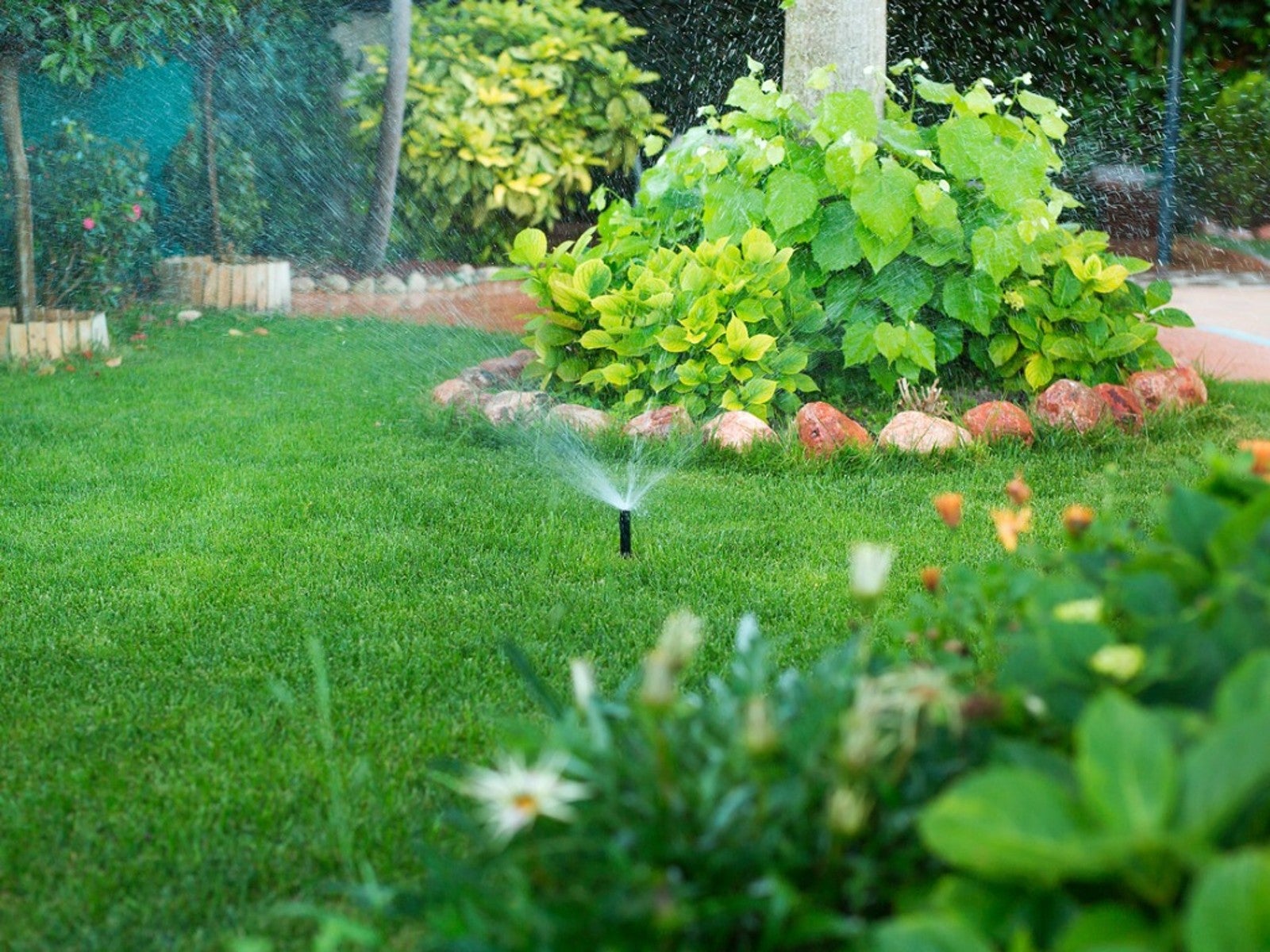Hydrozones: Grouping Plants With Similar Water Needs


Is watering your garden one of your most time consuming chores? Do you wish you had a more efficient watering strategy that would save time? Ditch your old strategy and consider how to create hydrozones for smarter, more efficient irrigation.
What Is Hydrozoning?
Hydrozoning is grouping plants with similar water needs into the same area of the garden or bed. Different types of plants have different watering needs. For instance, shrubs and new trees need less frequent, deeper watering than turf grass, which needs water more regularly.
Most irrigation systems are set up to water everything in the garden the same way. This is inefficient and wastes water. It can even negatively affect some plants that get too much or too little water. By keeping plants with similar needs together as much as possible, you can use resources more efficiently and effectively.
How to Create Hydrozones
If you are starting with a blank slate or making some big changes in the garden, consider creating hydrozones for better water use. You can also tackle just one bed or area for hydrozoning. Creating hydrozones is more challenging in a well-developed garden, but you can still work with what you have. Follow a few basic steps to plan the space.
Map Out Your Yard
Create an accurate map of your garden and draw circles around plants that have similar water needs. You will probably find that you already have some spaces that are well zoned, with plants you can water together. For example, the grass would be one zone. A perennial bed is another zone.
Divide Into Irrigation Zones
Consider the different levels of irrigation the plants in your garden need. If you are starting from scratch, you’ll also want to be aware of these zones so you can group plants more effectively:
1. High Irrigation
Sign up for the Gardening Know How newsletter today and receive a free copy of our e-book "How to Grow Delicious Tomatoes".
Pants like tropical annuals, vegetables, and turf grass belong in a high irrigation zone, needing water several times a week if not daily.
2. Moderate Irrigation
These areas contain some ornamental trees, shrubs, or fruit trees.
3. Low Irrigation
Perennials generally need very little irrigation and rely mostly on rainwater.
4. No Irrigation
Plants that do not require intervention are generally native species and shade trees. Exceptions include when you are just establishing these plants and need to water them regularly to develop strong root systems.
Group Plants with Similar Water Needs
As much as possible, group plants by their irrigation zones. For instance, you might want to use annuals to line the edges of beds and turf grass but reserve the interior areas of beds or those most distant from the house for perennials and native plants.
Set Up Irrigation
Once you have plants zoned according to their watering needs, you can set up appropriate irrigation. The highest irrigation areas could benefit from drip hoses so you don’t need to hand water them every day during the summer.
Sprinklers that reach turf grass and annuals are also useful for these high-water areas. You can set them up to hit only the high-irrigation plants and turn them on daily or several times per week.
You probably do not need to set up any kind of formal irrigation for perennial beds and native plantings. Watering occasionally with the hose or a movable sprinkler should be adequate.
Gardening to Save Water
Hydrozoning is a great way to make gardening easier and to make more efficient use of an important natural resource. Another way to save water is to choose plants that match your environment. Native plants are adapted to your local climate and rarely need watering after establishment. Choose native plants whenever possible and reduce turf grass for an easier, more natural garden that saves water.

Mary Ellen Ellis has been gardening for over 20 years. With degrees in Chemistry and Biology, Mary Ellen's specialties are flowers, native plants, and herbs.